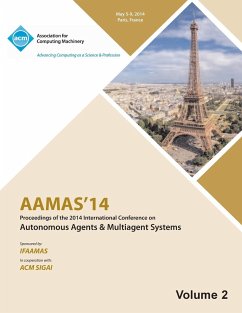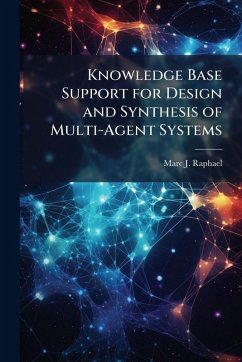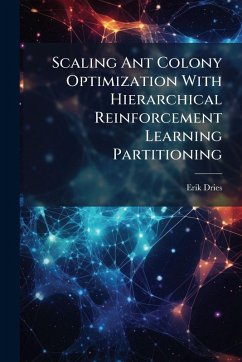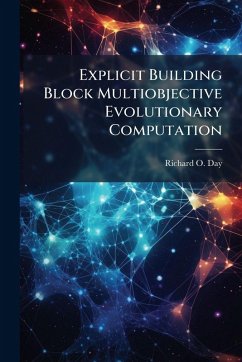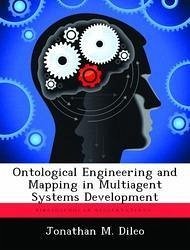
Ontological Engineering and Mapping in Multiagent Systems Development
Versandkostenfrei!
Versandfertig in über 4 Wochen
17,99 €
inkl. MwSt.

PAYBACK Punkte
9 °P sammeln!
Multiagent systems have received much attention in recent years due to their advantages in complex, distributed environments. Previous work at the Air Force Institute of Technology has developed a methodology for analyzing, designing, and developing multiagent systems, called Multiagent Systems Engineering (MaSE). MaSE currently does not address the information domain of the system, which is an integral part of designing proper system execution. This research extends the MaSE methodology to include the use of ontologies for information domain specification. The extensions allow the designer to...
Multiagent systems have received much attention in recent years due to their advantages in complex, distributed environments. Previous work at the Air Force Institute of Technology has developed a methodology for analyzing, designing, and developing multiagent systems, called Multiagent Systems Engineering (MaSE). MaSE currently does not address the information domain of the system, which is an integral part of designing proper system execution. This research extends the MaSE methodology to include the use of ontologies for information domain specification. The extensions allow the designer to specify information flow by using objects from the ontology as parameters in agent conversations. The developer can then ensure system functionality by verifying that each agent has the information required to accomplish the system goals. To fully describe the system design, the developer must describe the relationships between the system ontology and any agent component ontologies. This research also developed a ranking model to assist the user with creating such mappings, to show the relationships between the objects in the ontologies. This work has been selected by scholars as being culturally important, and is part of the knowledge base of civilization as we know it. This work was reproduced from the original artifact, and remains as true to the original work as possible. Therefore, you will see the original copyright references, library stamps (as most of these works have been housed in our most important libraries around the world), and other notations in the work. This work is in the public domain in the United States of America, and possibly other nations. Within the United States, you may freely copy and distribute this work, as no entity (individual or corporate) has a copyright on the body of the work. As a reproduction of a historical artifact, this work may contain missing or blurred pages, poor pictures, errant marks, etc. Scholars believe, and we concur, that this work is important enough to be preserved, reproduced, and made generally available to the public. We appreciate your support of the preservation process, and thank you for being an important part of keeping this knowledge alive and relevant.





